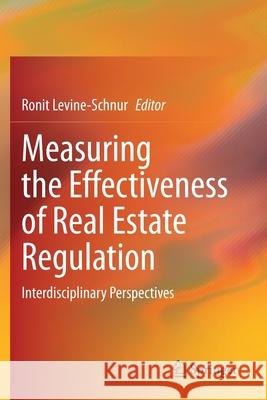Measuring the Effectiveness of Real Estate Regulation: Interdisciplinary Perspectives » książka
topmenu
Measuring the Effectiveness of Real Estate Regulation: Interdisciplinary Perspectives
ISBN-13: 9783030356248 / Angielski / Miękka / 2021 / 218 str.
Measuring the Effectiveness of Real Estate Regulation: Interdisciplinary Perspectives
ISBN-13: 9783030356248 / Angielski / Miękka / 2021 / 218 str.
cena 484,18
(netto: 461,12 VAT: 5%)
Najniższa cena z 30 dni: 462,63
(netto: 461,12 VAT: 5%)
Najniższa cena z 30 dni: 462,63
Termin realizacji zamówienia:
ok. 22 dni roboczych
Dostawa w 2026 r.
ok. 22 dni roboczych
Dostawa w 2026 r.
Darmowa dostawa!
Kategorie:
Kategorie BISAC:
Wydawca:
Springer
Język:
Angielski
ISBN-13:
9783030356248
Rok wydania:
2021
Wydanie:
2020
Ilość stron:
218
Waga:
0.33 kg
Wymiary:
23.39 x 15.6 x 1.24
Oprawa:
Miękka
Wolumenów:
01
Dodatkowe informacje:
Wydanie ilustrowane











